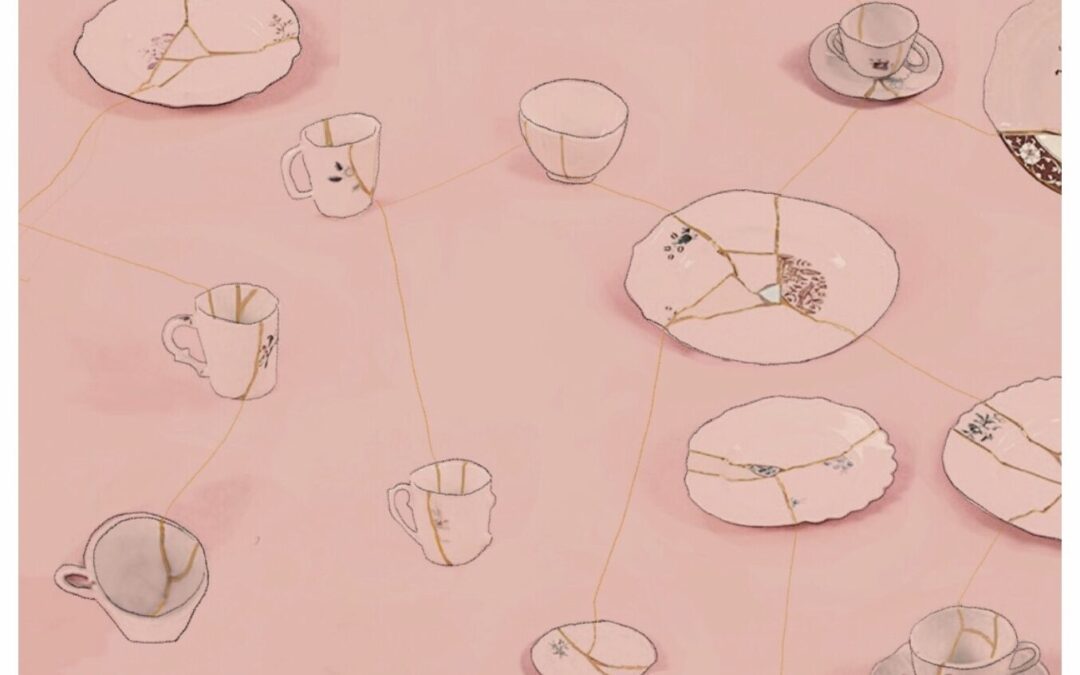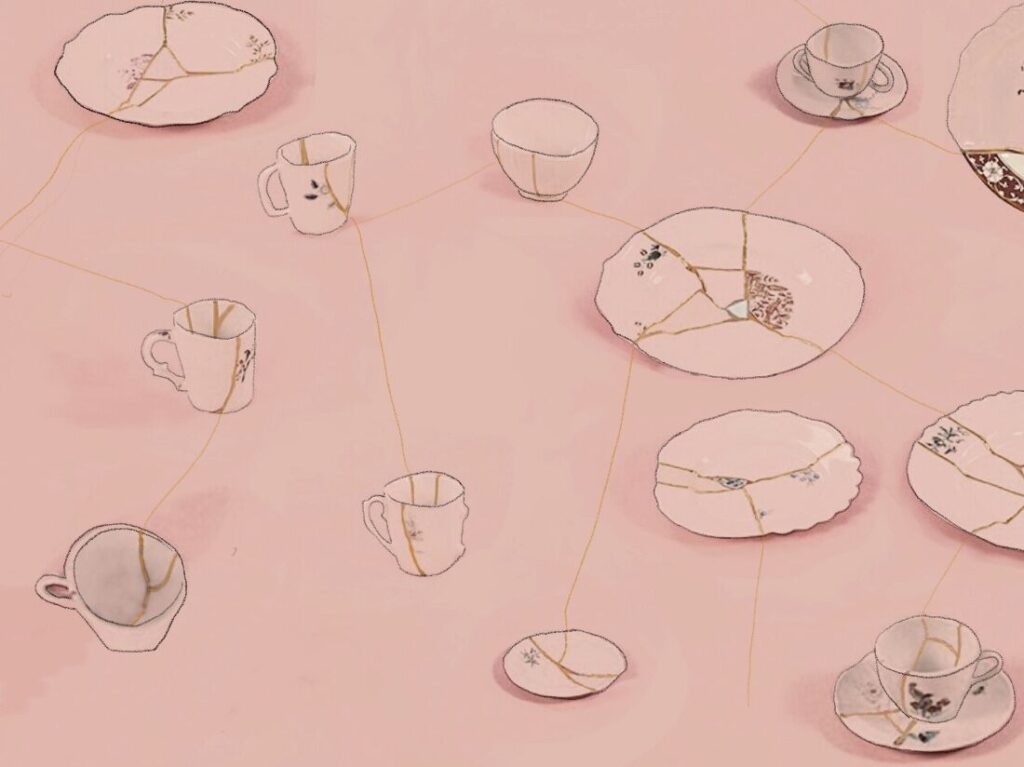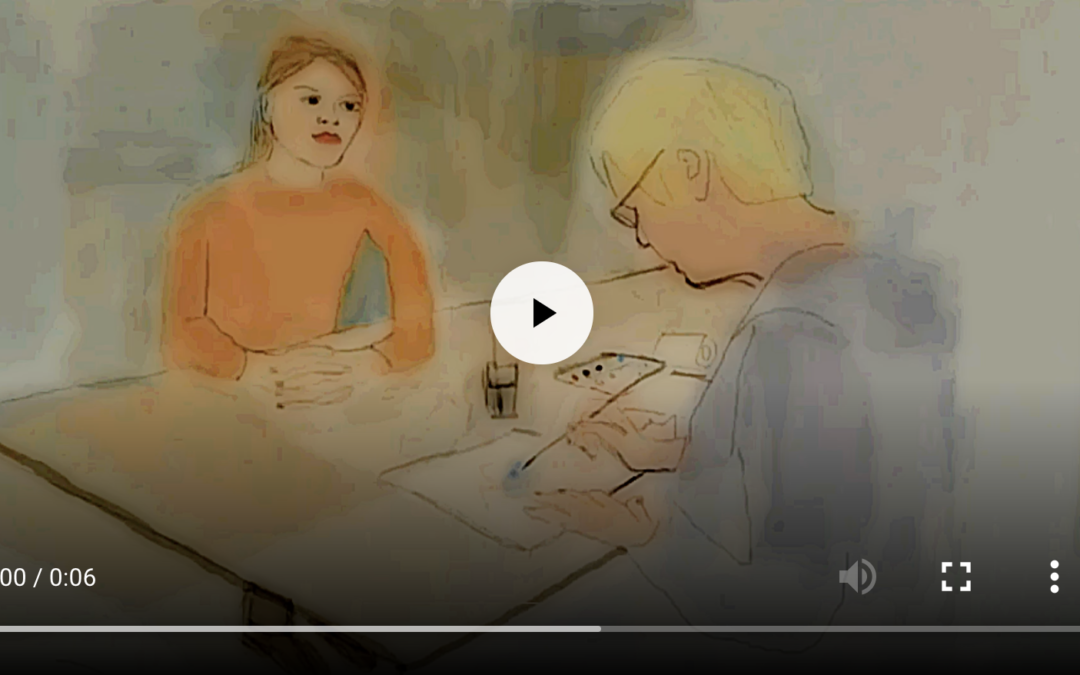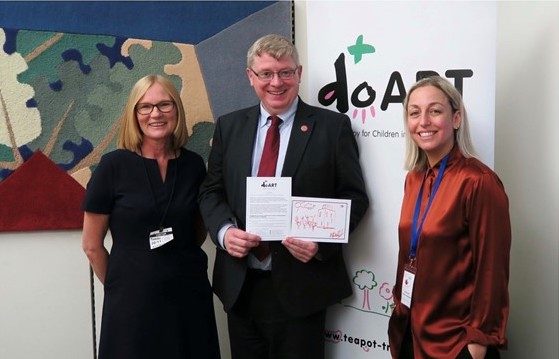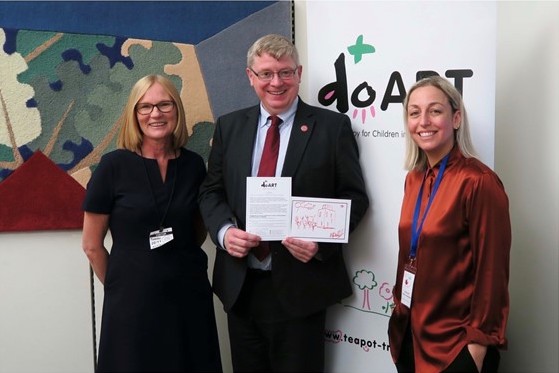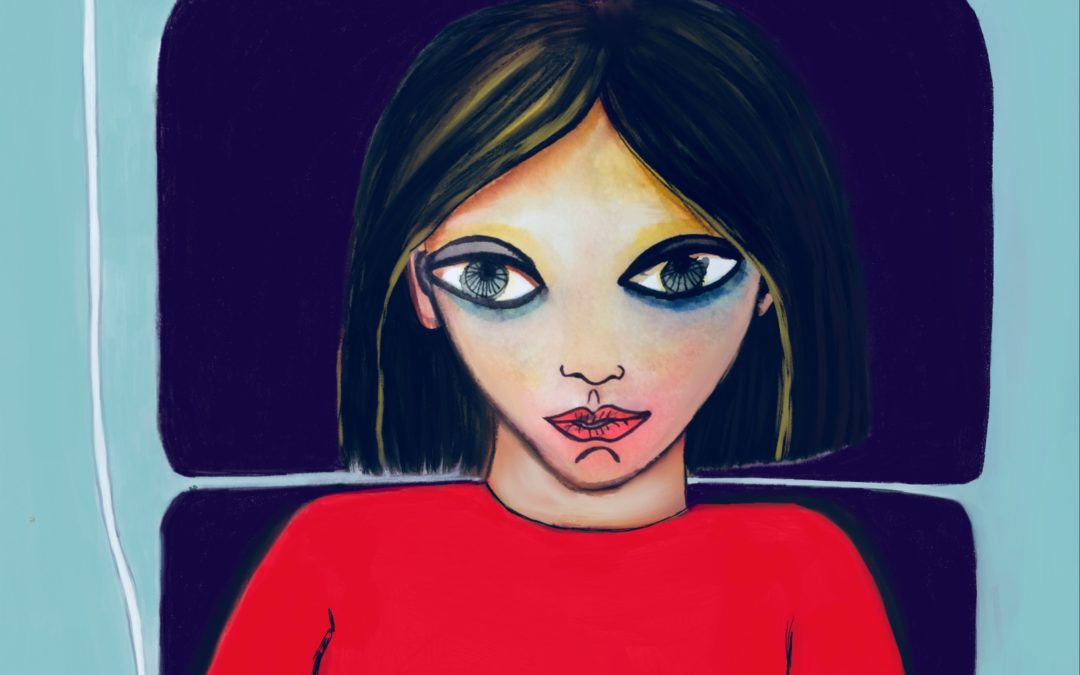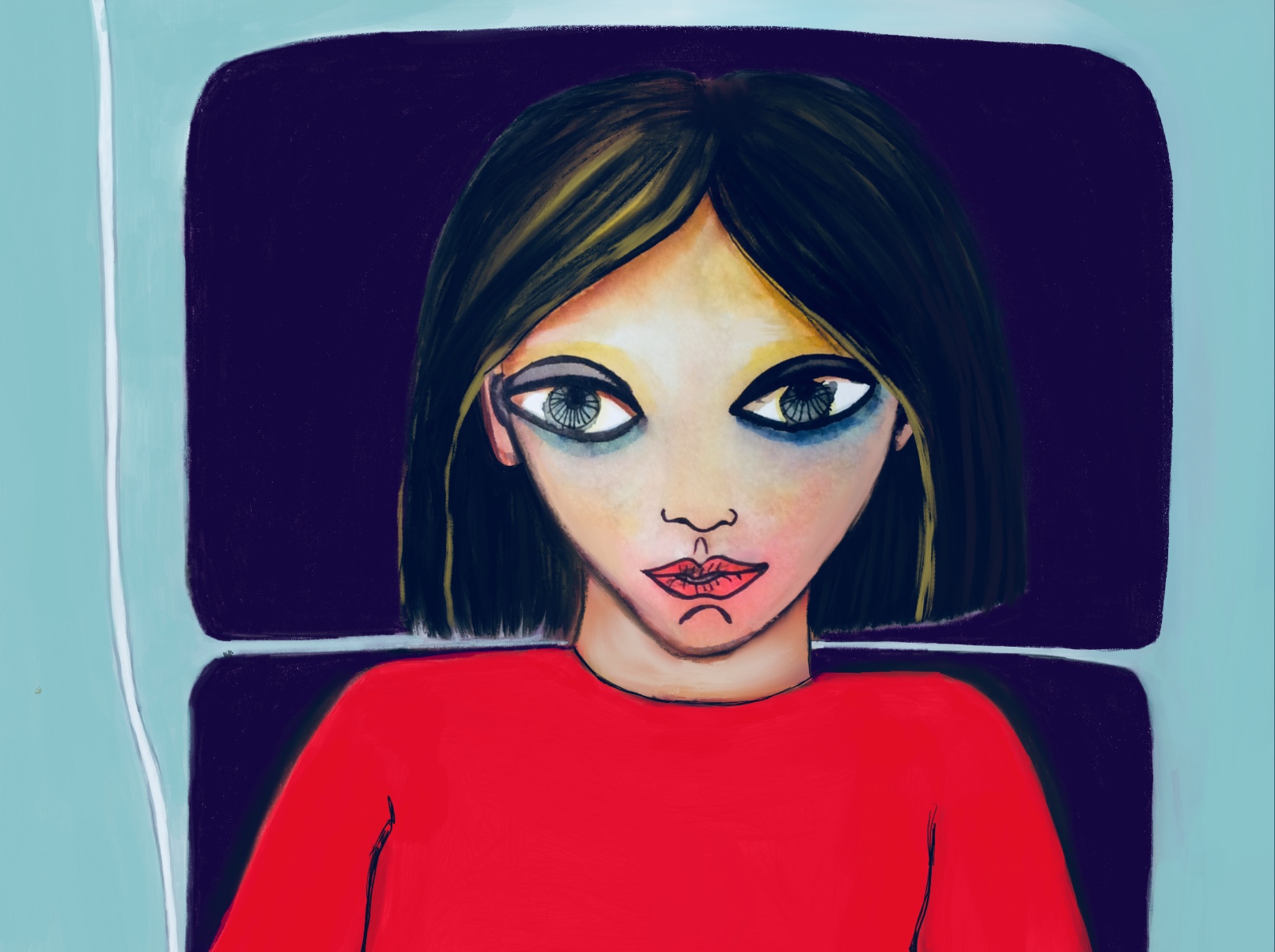CHRONIC DISEASE
Do you know of any children with a Rheumatic disease? Do you know a child with Lupus or JIA? Can you imagine what it’s like to live with a chronic disease?
I knew very little when I began working with children on a Rheumatology ward. I had worked in cancer care, and mental health for many years as an Art Therapist and I had found that both patient groups had to face social stigmas and taboos on top of what they already struggled with. Whilst cancer patients and mental health conditions are still stigmatised, in society, there is more community awareness and support in place than I have found for a child with a rheumatic disease.
Since 2015 I have worked with children and families living a constant merry-go-round of appointments, four-hour intravenous infusions and strong medication such as the chemotherapy drug Methotrexate. These types of drugs and treatments help to keep the disease under control but come with side effects such as nausea, vomiting, diarrhoea, fatigue and headaches.
STIGMA
Chronic illness can be very hidden. Having a chronic condition and being different from the general population subjects a person to possible stigma by those who do not have the illness. Coping with stigma involves a variety of strategies including whether to disclose the condition or not. Many conceal aspects of their condition and keep quiet out of fear of suffering further exclusion from the public. Parents are often viewed as being fussy and over-protective, as often nothing appears to be wrong with their child. Some children are even called liars by their peers at school when they have tried to talk about their struggles. They are told they are making the condition up, because the other school children cannot see anything wrong with them, and they are jealous for the time they get to have off school. The schools phone up the hospitals to check their hospital attendance as it affects their school attendance stats, and this reinforces the perceived stigma of being a liar. Whilst the doctors and nurses who care for these children understand and care deeply about these hidden illnesses, society as a whole does not always understand or care, and this is what needs to change.
A child with Lupus will never be cured and will have ill health their whole life. Still, there is very little empathy and sometimes no community support at all. Most people do not even know what Lupus is, or that a child can have the disease. I have found through listening to many children with a Paediatric Rheumatic Disease that to suffer alone can be a very frightening place to be in. Stigmas often become internalised, which in turn can become feelings the child and family also feel about themselves (self-stigma). This is a separate battle in itself alongside the actual medical battle. They often feel confused, misunderstood, shamed and ashamed. The expectation of discrimination prevents people from talking about their experiences and can stop them from seeking help.
SCHOOLS
I often hear families speak about how some schools don’t understand children’s rheumatology at all. Many schools put pressure on the children and their families by judging the effect their missed attendance has on their school. This is felt as unfair and discriminating. When a child with an autoimmune disease (e.g JIA and Lupus), has their illness under control they often look well and feel well. Some schools do not seem to understand that they look well and feel well because they keep up with their regular treatment at the hospital, and need support from their schools to keep doing so!
I think it’s important to communicate to the schools that if they do not keep up with their treatment it can become a safeguarding issue because their illness progresses and the damage cannot be retracted, such as poor sight or even blindness. When their treatment is not working the illness often disables the child which can lead to poor mobility or even leave the child wheelchair bound. Their joints or other parts cease to function and their pain is unmanageable. Inflammation can “eat into” bones, causing damaged areas, or erosions, where the bone wears out.
PSYCHOSOCIAL NEEDS
Some schools do understand and can support the children’s psycho-social needs. An example is when the children cannot sit on the floor during the schools special ‘carpet time’, the schools accommodate other children to sit on chairs on the carpet too so the children effected by chronic diseases do not feel singled out. When they cannot join in with sports day, the schools do not exclude by asking them to just sit and watch. They instead plan other responsibilities to make the children feel valued and included. These are small gestures with a huge positive impact on children’s emotional wellbeing when forming their social identity.
ART THERAPY
Often, children share their psychosocial needs by portraying important feelings in their artwork. Common themes are often hidden sadness, fear, anxiety, danger, battles, desires, happiness, hope, belonging and body image. Their stories get communicated through what they are making and sometimes they are noticing similar themes in the artwork made by the other children. This can make them feel connected, understood, supported and has led to children opening up for the very first time about their disease.
The medication they take such as Steroids often causes mood change and excessive body weight. This side effect can be very difficult for the child, family, friends and school to adjust to as they do not recognise the physical change or behaviour and struggle to accept it.
Themes such as being bullied, despair and suicidal thoughts have often emerged in the Art Therapy groups around changed body image and self-identity. Through support in expressing creatively and confiding their confused feelings with someone the children soon feel better, even if their medical condition does not get better. Sharing seems to take some of the shame away from their self-image and the aliens and monsters they often draw turn into superheroes and princesses.
ART THERAPISTS AS INTERMEDIARIES FOR SOCIAL CHANGE
The Teapot Trust‘s aim is to reach every children’s hospital through art therapy so that the NHS and the community at large will recognise the need to help young people with conditions that are often hidden to the public eye. The Teapot Trust Founder and CEO Dr Laura Young MBE says, “there is a whole mindset to change but it is getting there slowly one step at a time through raising awareness.”
Through the Teapot Trust I am fortunate, together with many other Art Therapists who they also fund, in providing Art Therapy in hospitals to children with chronic illness. Art Therapy can help the child by reducing anxiety and can build resilience to their medical condition, as well as working through their psychosocial needs. It also holds potential to help grow empathy in the wider community, which I feel extremely passionate about.
COMPASSION
Yes, now I know many children with a Rheumatic disease, children with Lupus and JIA and other autoimmune diseases. Now I can imagine more what it is like to live with a chronic disease and my empathy for these children and families has developed.
Compassion is said to induce positive feelings in people and humans are innately wired to want to help the suffering, but they must first feel that the struggles the person has are serious enough to help. When the child and their family do not feel able to show and tell their community of their struggles and the public is unaware of their condition, it is difficult to make positive changes as the public do not know the seriousness of their paediatric rheumatic disease.
If it is possible that Art Therapy and Response Art (artwork made by Art Therapists in response to their patient’s Art Therapy) can help open up valuable communication pathways, I will do my very best to try and give society an insight into how it feels to be a child living with a disease invisible to most of the public eye.
To stop stigma is to grow empathy and that starts with being willing to imagine what it is like to be that child, to be that family and to live their life. Stories, pictures and objects are full of emotionally laden materials that can be a catalyst for installing compassion in our community and change people’s mindset.
Artwork can show what’s often hidden and can touch people’s hearts, so please do Art and share whenever you can.
